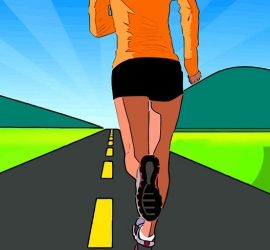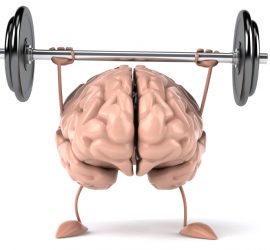Training for muscle endurance after stroke
Previous research supports the use of resistance training as a safe and effective exercise intervention for disabled stroke patients (Lee et al. 2010; Pak & Patten 2008). Although resistance training programs for stroke typically target improvements in maximal muscle strength, gains in muscle endurance (i.e. the ability to sustain submaximal […]










